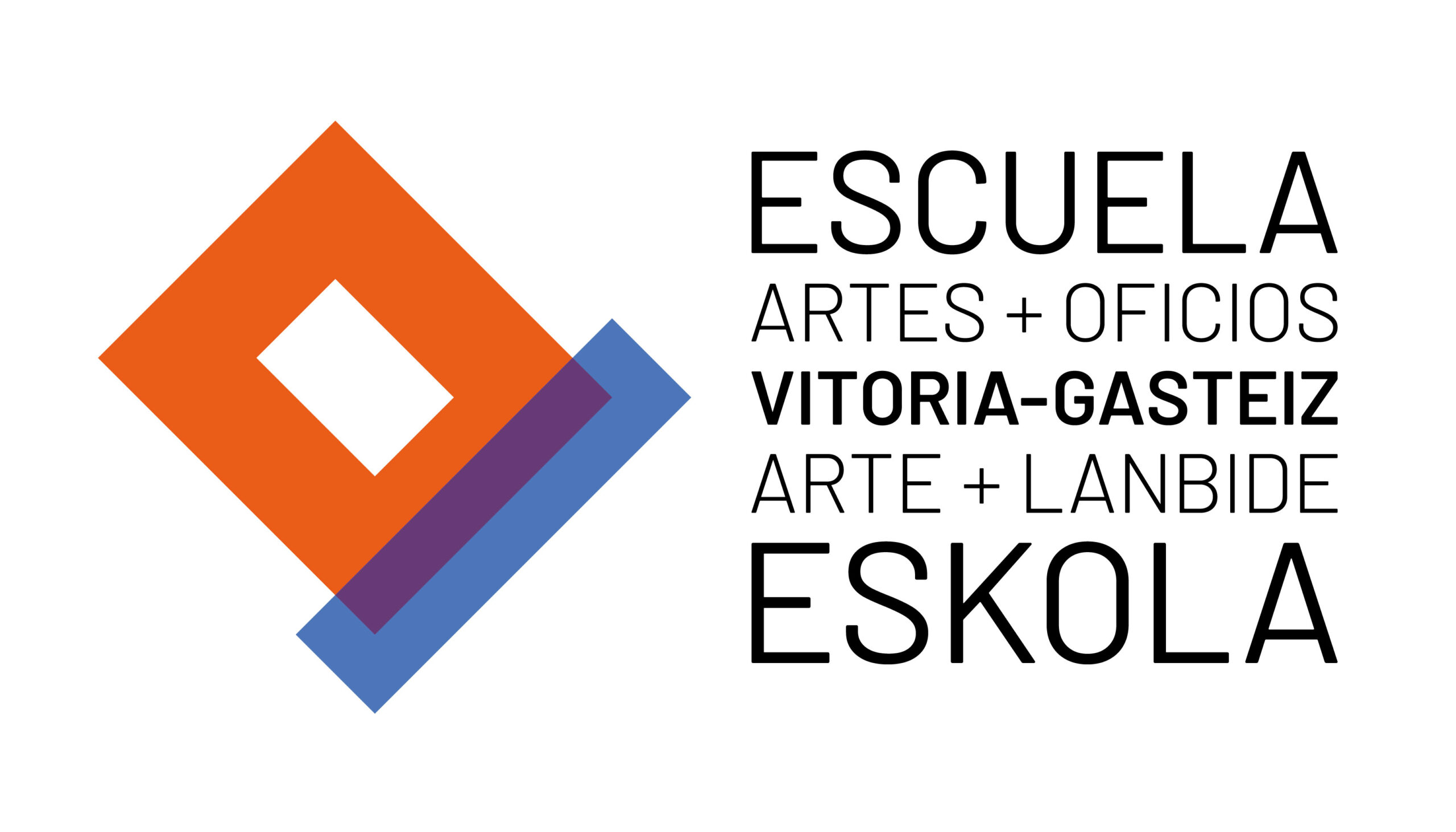The English photographer Henry Peach Robinson (1830-1901) is considered the first photographer to use the technique of photomontage, shortly after he began his career in 1857. Perhaps his best known work is "The Last Sigh".
In it, a young woman is dying while her troubled family (father, mother and sister) accompany her in her last moments.
To make the final work, Peach Robinson executed a series of negatives that she then stitched together.

It was also used by Gustave Le Gray in his famous work "The Wave" .
The technical difficulties of the time meant that a general exposure would obscure the sea, or leave the sky too light. That is why the artist made two different exposures on the same paper. One for the upper part (sky and clouds) and another for the lower half (sea and rocks). The combination of the two, and the great mastery of the author, did the rest.
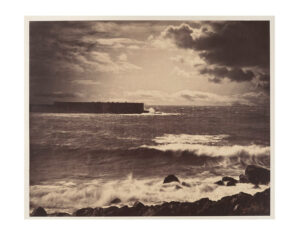
Oscar Gustavo Rejlander was another master of the technique. His work "the two roads of life" is perhaps the best known. To make it he used 32 different negatives conveniently assembled.
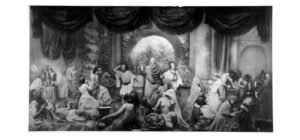
At the dawn of the history of photography, the technique of photomontage was used, among other things, to contact with the "beyond", with the spirits. Needless to say that seen from today's perspective... these images produce more than a smile on our faces.
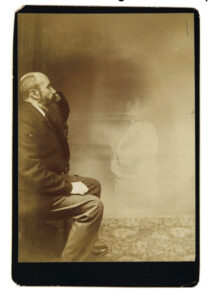
And yet you can't see how people believed in it. Today something similar is happening...
The uses of photomontage made Ulisses S.Grant"ride"...

...or styling himself after Abraham Lincoln to win elections.

If you want to know more click on this interesting link
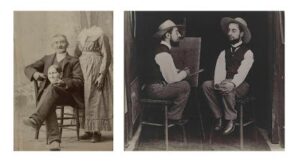
will continue............
